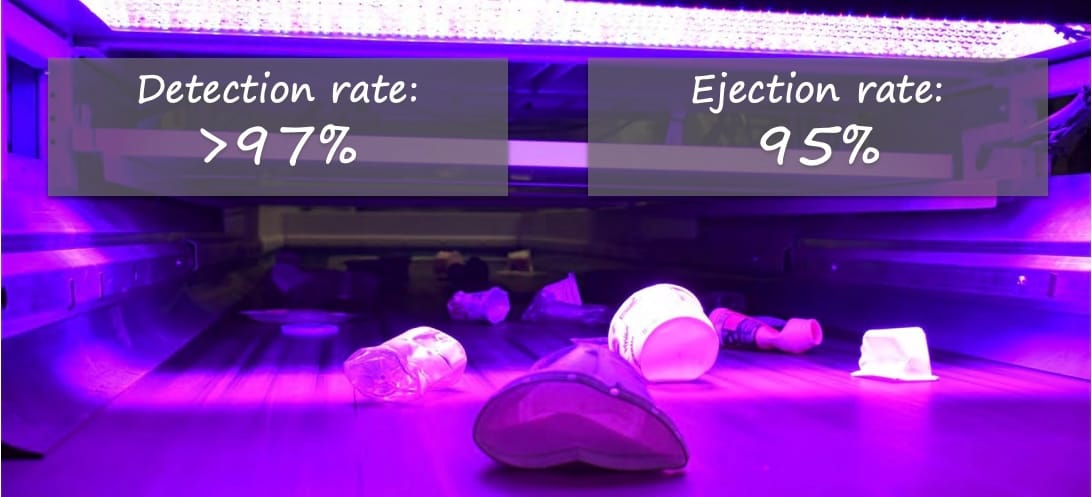Digital watermarks for effective recycling of plastic packaging.
We have been closely following this trend since our first attempts at digital watermarking for smart packaging. We ourselves were involved in the early implementation of the NETTO brand discounter with the Digimarc and have supervised various design projects. However, the full potential of the idea only unfolds in the network – along the entire value chain. With the so-called “HolyGrail 2.0” (or 3.0 or 4.0), a technology that could make a decisive contribution to the circular economy has become ready for series production for the “tomorrow”.

Image source: Digitalwatermarks.eu
The Holy Grail 2.0 digital watermarking initiative, driven by AIM – European Brands Association and supported by the Alliance to End Plastic Waste, is a pilot project with the aim of proving the technical feasibility of digital watermarks for the accurate sorting of packaging waste and the economic viability of the business model on a large scale. It is now entering the final phase of R&D trials to validate the technology of intelligent packaging sorting based on digital watermarks. It is therefore ready for market entry and the launch of a pilot market in France in 2024.
Digital watermarks are imperceptible codes the size of a postage stamp that cover the surface of a consumer product package and carry a variety of attributes. Once the packages enter a waste sorting facility, the digital watermark should be able to be detected and decoded by a high-resolution camera at the sorting facility, which is then able to sort the packages into the appropriate streams based on the transmitted characteristics (e.g., food vs. non-food). This would lead to better and more accurate sorting streams and thus higher quality recyclates that would benefit the entire packaging value chain.
Click here for the presentation on Phase 2.0
Our conclusion: As sorting is one of the most important factors for more efficient recycling, we see great potential here. We still see open questions in the areas of data management and security.
